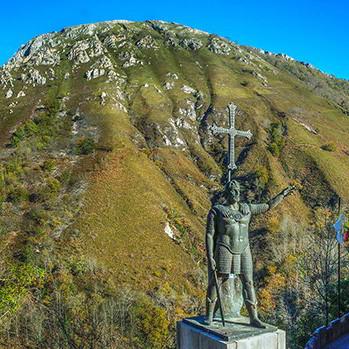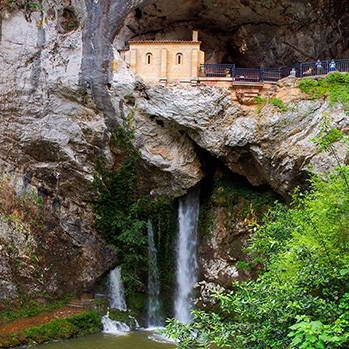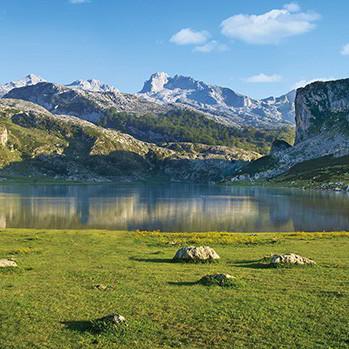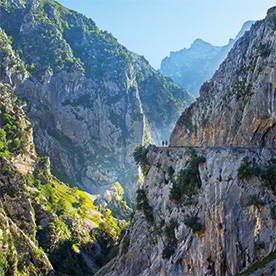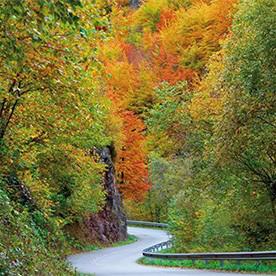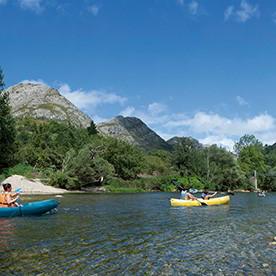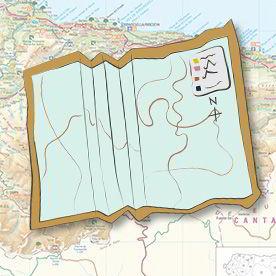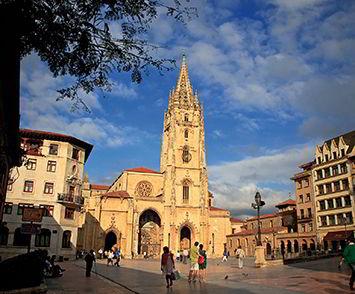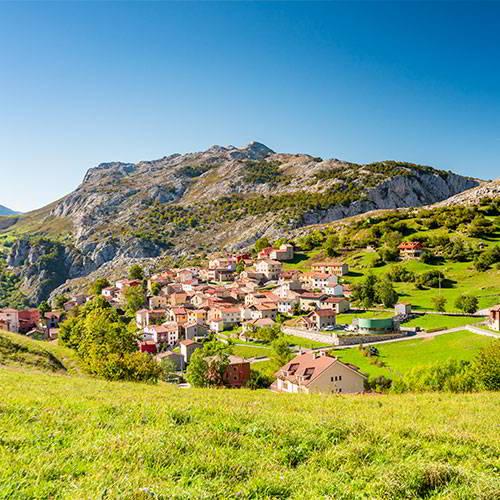HISTORY, SPIRITUALITY AND NATURE IN A UNIVERSAL SYMBOL
The Royal Site of Covadonga combines a prodigious history, spirituality in abundance and a unique nature. Precisely this extraordinary reality was perfectly captured in the Centenaries celebrated in 2018.
In 2018, Asturias commemorated a unique triple anniversary, centred on Cuadonga/Covadonga and its surroundings. It was the historic coincidence of three centenaries simultaneously: the Coronation of the Virgin of Covadonga, the creation of the Covadonga Mountain National Park and the thirteenth centenary of the origins of the Kingdom of Asturias. Three Covadongas in one: the historical, the spiritual and the natural, in an extraordinary conjunction, making Asturias a universal destination.
/documents/39908/68682/2290019.jpg/79407ce2-74b7-12ff-6483-c5dbc19f48cd?t=1679298470094
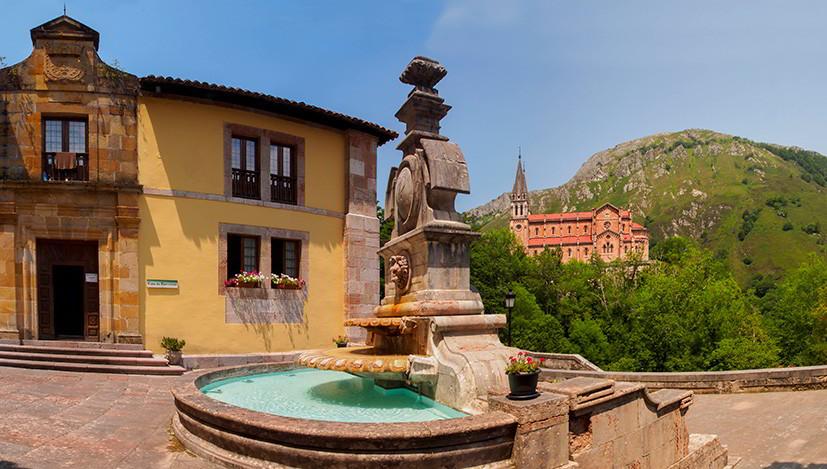
Collegiate Church and Basilica of Covadonga
Royal Site of Covadonga, the heart of Asturias
Cuadonga/Covadonga seduces by the beauty of its landscape, by its cultural value, and by the echo of its spirituality, becoming a key reference in the history of Asturias and Spain.
/documents/39908/1373540/basilica-covadonga.jpg/892f7972-770f-de84-c9a3-d23126e47bfa?t=1731051509244

All the options for tasting the delicious Asturian cuisine and relaxing in the accommodation of Asturias.
All the information you need for travelling to Covadonga and The Lakes, planning your route by road, with a specific section dedicated to the Access Plan to Covadonga Lakes.
/documents/39908/68682/2290114.jpg/08ea8576-8c36-7b85-d69b-45a034808f44?t=1679298454627
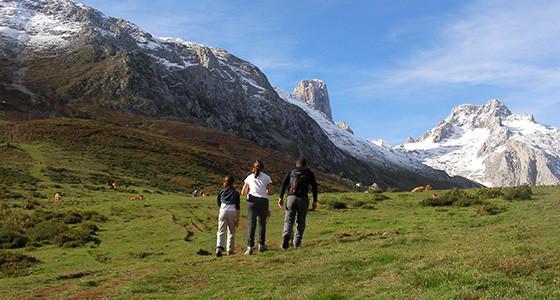
Routes and active tourism
Routes, active tourism and mapping
The Eastern Region of Asturias and especially the Picos de Europa National Park offers you the chance to enjoy various active tourism activities as well as routes on foot or by car.
Here you will find all this information, together with maps, brochures and all the necessary guidelines for a happy stay in the Picos de Europa National Park.

